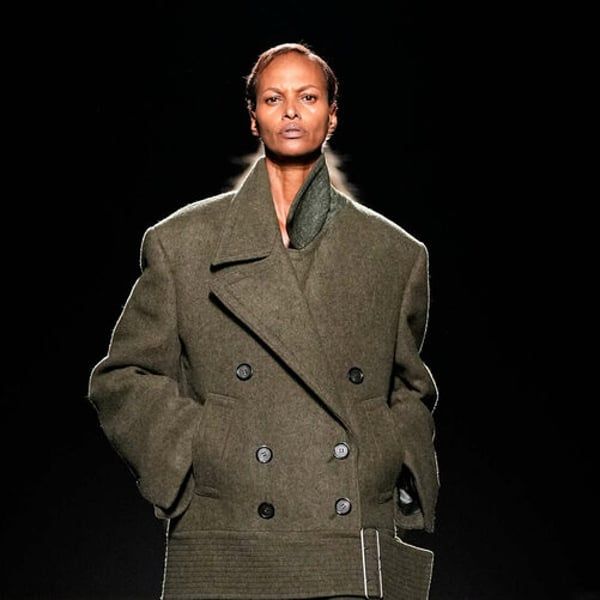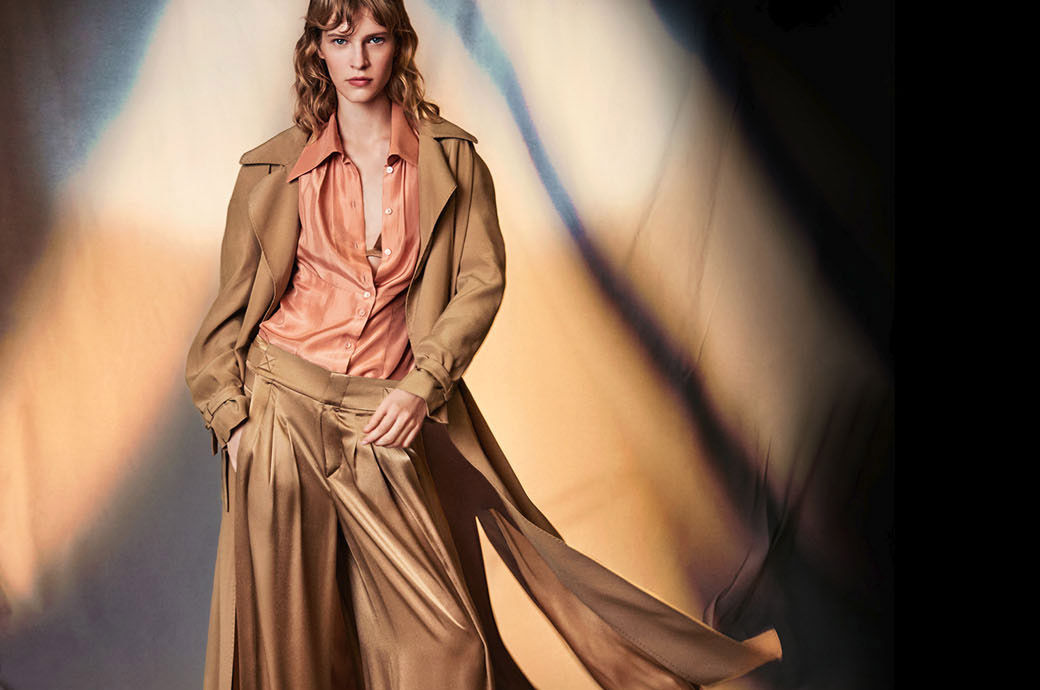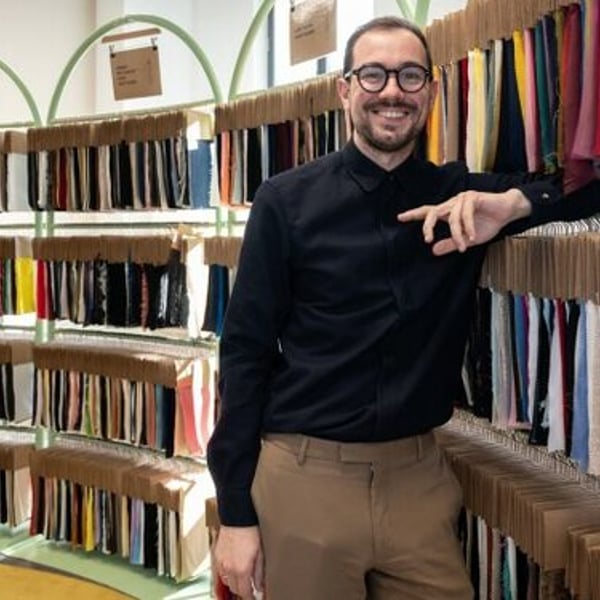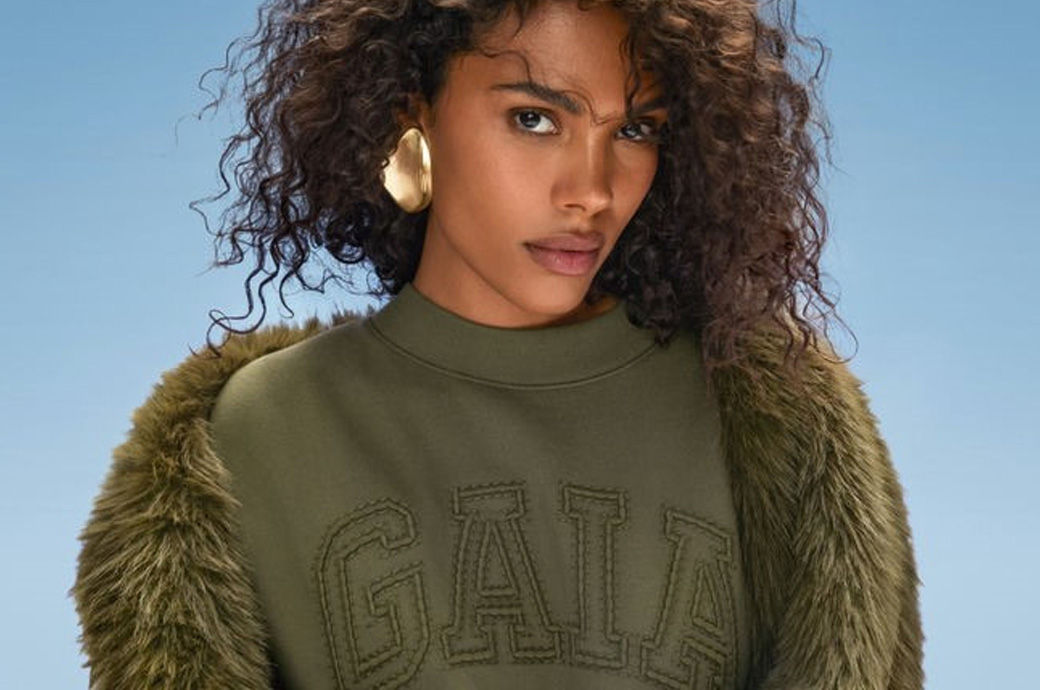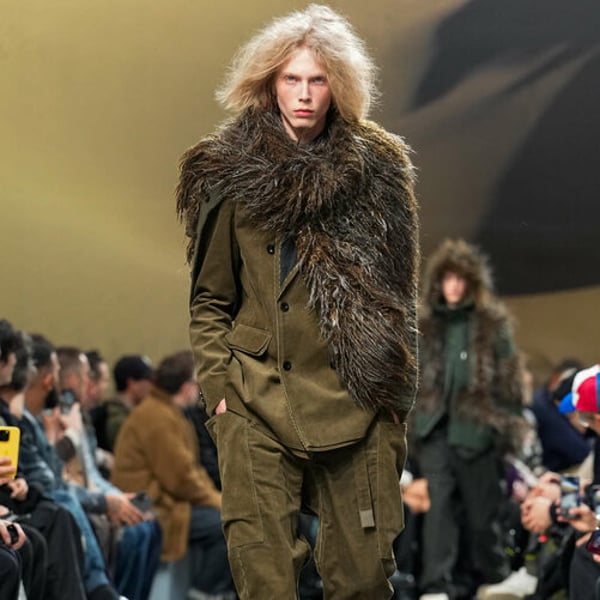Translated by
Nicola Mira
Published
February 26, 2024
Designers at Milan Fashion Week are still willing to believe in freezing winters. Some brands even saw snow fall during their presentations, such as Emporio Armani and Jacob Cohen. The women's ready-to-wear collections for Autumn/Winter 2024-25 presented on the Milanese catwalks on Saturday featured a variety of comfortable and enveloping garments, such as oversized coats and capes, and especially wool and knitwear in abundance, such as was seen at Ferragamo. , Jil Sander, Missoni and Bally.
Maximilian Davis has designed an elegant and sophisticated collection for Ferragamo. He continued his work on a concept of calm luxury, creating a winter wardrobe made up of very contemporary and down-to-earth essentials, adopting refined materials and a stunning color palette.
The silhouettes were strictly monochromatic, and the pieces in each look, including ties and bags, were made in tone-on-tone fabrics. Colors ranged from khaki to brown, maroon and black, as well as a variety of reds and yellow ochre. The hues were often bright, thanks to the way some fabrics were treated, such as dresses made of lacquered organza and satin with a metallic finish, and others made of scale-shaped sequins. Other looks were luxurious, shiny leather that seemed to catch the light.
Jackets, tops, skirts, dresses, coats and capes were made of soft leather and thick wool, as well as cashmere and felt. The minimalist lines of the outfits gave an impression of comfort and solidity. A martingale on the back of a coat became a heavy jacket and skirt with a belt and, in some cases, a wide diagonal band that overlapped the top and sleeves of a dress.
A utilitarian vibe, embodied in gorgeous fisherman boots, four-pocket jackets and military-style shorts and coats, contrasts with a more glamorous and festive register reminiscent of the Roaring Twenties, evident in the long, billowing tassels that They transform into a skirt. , or in the wavy embroidery of some dresses, and in the transparent and light sets and in knitted sets that gently hugged the body.

The atmosphere was luxurious and experimental at Jil Sander, with cobalt blue sculptures of gramophone speakers in the center of a stage covered with a sage green carpet, on which models strolled to a live soundtrack performed by the musician and American producer Mk.gee. The tone was set for a highly sensorial collection, whose garments contoured the soft curves of the body.
Rounded shoulders and sleeves, barely marked waists and garments that widen at the hips gave an ovoid air to the collection, enveloping the body in enveloping garments. Designers Lucie and Luke Meier played with volumes, 3D effects and soft, warm fabrics, using delicate deerskin, fur from long-haired Himalayan goats, colorful short hairs, silk tassels and wool.
Wide blanket-like scarves were draped over generously proportioned coats. Swathes of cozy fabrics that fell to the calves and rose to the shoulders were transformed into elegant double-thickness capes. Quilted fabrics, normally used to line coats, became jackets, coats, tunics and even elegant evening dresses, while long, ultra-puffy parkas looked like giant life jackets.

Missoni has returned to its roots. Creative director Filippo Grazioli created a costume based on a single motif: stripes. In 1958, stripes appeared in the Italian brand's first collection, even preceding Missoni's legendary zigzag chevron pattern. Next winter, stripes will be everywhere at Missoni. Chasing each other, intermingling, colliding and exploding in a variety of different tones.
The stripes will be straight and vertical, thin or thick, and sometimes they will separate on a diagonal tangent or become horizontal. Missoni has created black and white striped optical effects on long pants, jackets and coats, and on long dresses draped around the body and open at the sides. Feet and legs were encased in tight legging-boots with the same striped patterns, and some models wore matching striped turbans tied at the back of their heads, with long ribbons falling down their backs.
Grazioli said: “I wanted to have fun reintroducing this striped motif and turning it into something completely new and different, in new colors and combinations, making it small and large, giving it volume and presenting it in many knitwear, draping around the body. body like ultra-soft armor.” Grazioli worked with wool and knitwear in many ways, cutting, sewing and weaving the fabrics with sheepskin effects to make jackets and dresses. Elsewhere, wool yarn was woven until it became almost hairy and used to make puffy blouses that looked like huge balls of wool.

In her second collection for Bally, Simone Bellotti entered bolder territory, adding a subversive touch to the brand's signature Swiss rigor. In his collection notes, Bellotti said that he was inspired by mystical legends of mountain folklore. The result was an intriguing wardrobe, in which even the simplest garments shined with a slightly rebellious touch.
The show opened with a series of loden coats, dresses and jackets, impeccably cut but with unusual proportions, with lines that widen at the back and sides, like a cape. For example, skirts reached the knees in the front, but were shorter in the back. Or they wrapped tightly around the legs and sides, with a high waist and slits at the front and back.
Bally's feminine looks included elegant navy blue dresses and suits over basic sky blue blouses. But irreverent details emerged in these austere outfits, like thigh-high lace-up boots and lots of leather, from classic black jackets to a sky blue shirt dress tied in the front. Not to mention the studded garments, like a dress riddled with metal pins and balls, and a vest covered in mini metal bells.
The fair was also the opportunity for Bally, a luxury footwear brand owned by JAB Holding Company, to launch the first issue of its magazine, a charming samizdat-like project featuring never-before-seen works by Swiss artist Beni Bischof.
Copyright © 2024 FashionNetwork.com All rights reserved.

